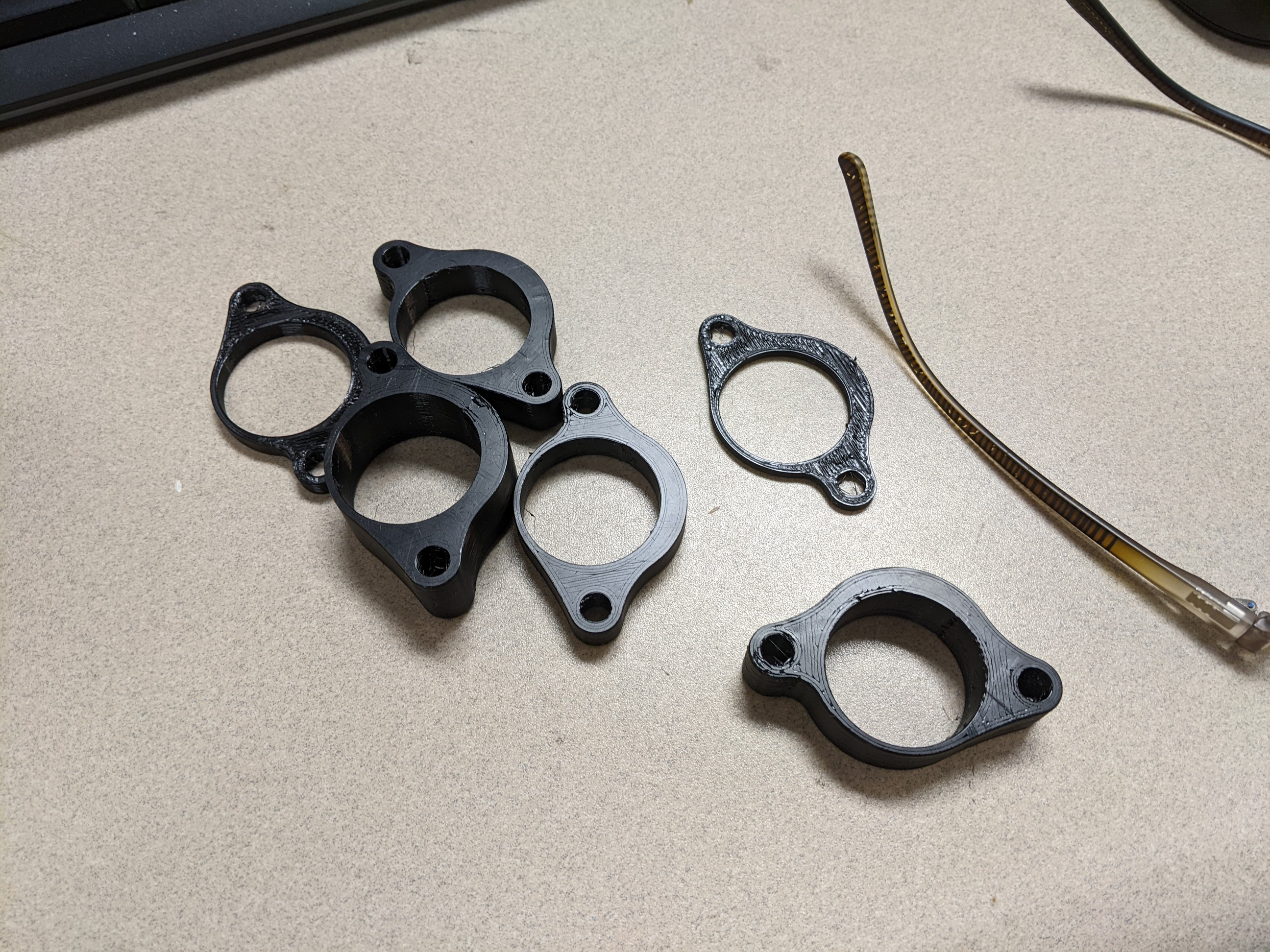Is there a nozzle setting in the printer too?
3DPrinting
3DPrinting is a place where makers of all skill levels and walks of life can learn about and discuss 3D printing and development of 3D printed parts and devices.
The r/functionalprint community is now located at: or [email protected]
There are CAD communities available at: [email protected] or [email protected]
Rules
-
No bigotry - including racism, sexism, ableism, homophobia, transphobia, or xenophobia. Code of Conduct.
-
Be respectful, especially when disagreeing. Everyone should feel welcome here.
-
No porn (NSFW prints are acceptable but must be marked NSFW)
-
No Ads / Spamming / Guerrilla Marketing
-
Do not create links to reddit
-
If you see an issue please flag it
-
No guns
-
No injury gore posts
If you need an easy way to host pictures, https://catbox.moe may be an option. Be ethical about what you post and donate if you are able or use this a lot. It is just an individual hosting content, not a company. The image embedding syntax for Lemmy is 
Moderation policy: Light, mostly invisible
This is my guess based on OP not mentioning changing printer profiles or rerunning a wizard.
It's been set to 0.6 on both printer and slicer during the setup process.
I got PETG working on my Mini clone by basically just switching to 0.6 nozzle profiles from the wizard and using the generic PETG profile.
But, if you’re new to PETG, know that it gets real moisture sensitive, real fast. Sounds like you might benefit from trying to dry the filament out, check the web for more on that.
After making sure the filament was dry and that my initial layer is good, because changing nozzles means you need to fine tune the z offset again, I would print a retraction tower test and dial in retraction length settings.
That a good basic troubleshooting list.
Z was recalibrated already. I'll try a 50c bake for a few hours to get rid of moisture.
Ordinarily, I'd expect to see evidence of bubbling/snapping at the nozzle as water boils out while laying down plastic. No obvious signs of that though.
Stringing and nozzle buildup are the general signs I get with petg being damp, extreme cases it'll have noticeable bubble, I've found that I need to run 12+ hours at 54c to dry it sufficiently, even on relatively fresh spools depending on the supplier, age etc. I also recommend securing your spools if they're paper based, had the adhesive melt on one and the entire thing fall to pieces, I just rewound it onto an empty plastic spool I had.
Edit. I just looked at the pics, yeah it also looks like you have some overexrusion, I tend to slightly underextrude petg because of nozzle buildup. I'd start with the standard prusa profiles and tweak from there, generally had good luck modifying the prusament profiles to work with other filament.
You basically have to retune your profiles to match between the petg and the larger nozzle.
Recommend following this as well as you can: https://ellis3dp.com/Print-Tuning-Guide/
Oh yeah, and you're going to lose detail with the larger nozzle compared to a 0.4 but it's a trade-off
I know what you mean re: some detail loss, I'm talking about perimeter lines that just outright look like they were gouged out with an ice pick. It's really bad.
Saw the pics and it honestly looks like over extrusion, especially that top surface
Make sure you change the specified nozzle size in the printer's settings (not just slicer settings). That matters for the stepper scaling.
Consider you are now extruding a larger volume of filament through a larger nozzle. The reduced amount neckdown from filament size, and larger volume of plastic to cool, means you also need to now print at a LOWER temperature than you would with a 0.4 nozzle, else the plastic will be too liquid and want to run out of the nozzle faster than the filament is pushing it. You also now have more plastic mass pushing against the surface tension, and the increase mass can also not solidify on the part surface fast enough and want to droop over the edge. Back it down to 230c, or even as low as 220c, as well as increase your part fan max speed. See if that improves things.
It's matched on both printer and slicer.
I figured it might be a retraction issue, but I'll experiment with temp change as well while trying a retraction tower
With diamondback nozzles you need to reduce the printing temp compared to what you had on your brass nozzle. I have the same exact setup as you, mk3s with 0.6mm diamondback nozzle and it's working fine with stock settings but a bit lower temp . Stringing is really an issue for me though.
What layer height are you printing? I usually go for 0.4mm.
Same, tried 0.35 too. Group consensus seems to point at the temperature.. I'll give that a shot. Thanks for your comment.
PETG is very runny. Switch back to 0.4mm nozzle.
Laying down more material to speed prints as well as increase strength.
Then accept the fact that your prints won't look perfect.
They don't need to be perfect. Reading skills, buddy. Use em.
